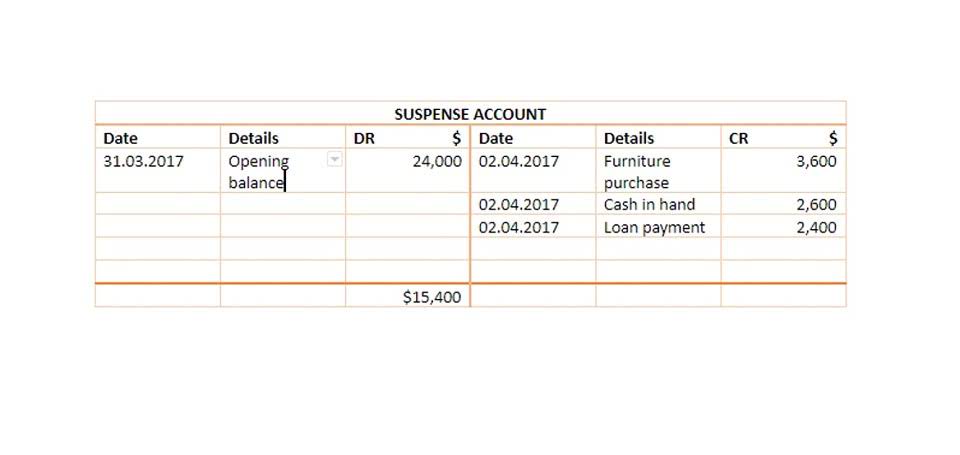
Each element of accounts receivable, such as invoicing and billing, credit terms, and the aging process of accounts receivable, plays an integral part in shaping your company’s financial foundation. A better understanding of how these aspects work together gives you a better understanding of how accounts receivable affect your cash flow and overall financial health. More specifically, the days sales outstanding (DSO) metric is used in the majority of financial models to project A/R. DSO measures the number of days on average it takes for a company to collect cash from customers that paid on credit. Companies record AR journal entries when a credit sale is made, a customer pays off his balance, or a bad debt is written off.
Any time a payment is missed, a team member should send out a notification. AR software will instantly do this when an invoice falls into a certain bracket of “past due”. If accounting software or systems are not updated, it could result in inaccurate reporting. Make sure staff is entering all required data in the system to properly match and process invoice payments. The accounts receivable cycle starts when a service/product has been delivered, and is completed when the invoice is settled, and the amount paid in full. Companies can use their accounts receivable as collateral when obtaining a loan (asset-based lending).
Top accounts receivable financing companies
For example, you buy $1,000 in paper from a supplier who sends you an invoice for the goods. You’d have $1,000 in accounts payable on your balance sheet for the invoice. Meanwhile, the supplier would have $1,000 in accounts receivable on their balance sheet. The easiest way to handle bad debts is to use the direct write-off method.
- Your credit policy should clearly detail the credit terms, early payment incentives, and repercussions for late payments.
- Manual processes are a waste of time and there are too many opportunities for human error.
- When you have a system to manage your working capital, you can stay ahead of issues like these.
- A typical aging schedule groups invoices by their number of days outstanding, such as 0-30 days, days, days, and over 90 days.
- Best of all, invoice automation improves the overall customer experience and leads to higher revenue.
- We’ll start with a brief questionnaire to better understand the unique needs of your business.
- These can be sent by post, email, or a range of digital options like XML or EDI.
Accounts Receivable (A/R) is defined as payments owed to a company by its customers for products and/or services already delivered to them – i.e. an “IOU” from customers who paid on credit. If an uncollectible account is reported as AR, current assets will be overstated. The important thing to notice is that the accounts receivable definition doesn’t limit itself to any type of business and customer.
Is Accounts Receivable a Debit or Credit?
Although AR financing and factoring are similar, there are differences. If you’re a bigger business, the credit department should research the potential client’s credit worthiness and history. Fontaine says many businesses make the mistake of having sales staff set the terms of payment.
Many software applications offer robust reporting capabilities that provide valuable insights into your accounts receivable process. This includes detailed reports on outstanding invoices, customer payment habits, and your accounts receivable turnover ratio. These real-time insights let you identify areas where your business can improve, inform your decisions, streamline your processes, and ultimately enhance your cash inflow and outflow. Accounts receivable is an accounting term that reflects the funds owed to your business by customers who have already received a good or service but have not yet paid for it. Unless you require advanced payments or deal with cash on delivery (COD) sales only, you must record these credit-based transactions as A/R within your general ledger and corporate balance sheet.
Complete Guide To Accounts Receivable
Invest resources to educate your staff about account receivables best practices and significantly streamline your receivable process. Training should involve a thorough understanding of credit terms, efficient billing and invoicing, assertive follow-up techniques, and when and how to escalate overdue accounts. If an account becomes overdue, you should contact accounts receivable contact meaning your customer as soon as possible. Timely and consistent follow-up reinforces your payment deadlines and will encourage customers to prioritize paying your business on time. These “friendly reminder” contacts help nudge slow-paying customers and reduce the risk of bad debt. As soon as your business provides a good or service, an invoice should follow.


Leave a comment